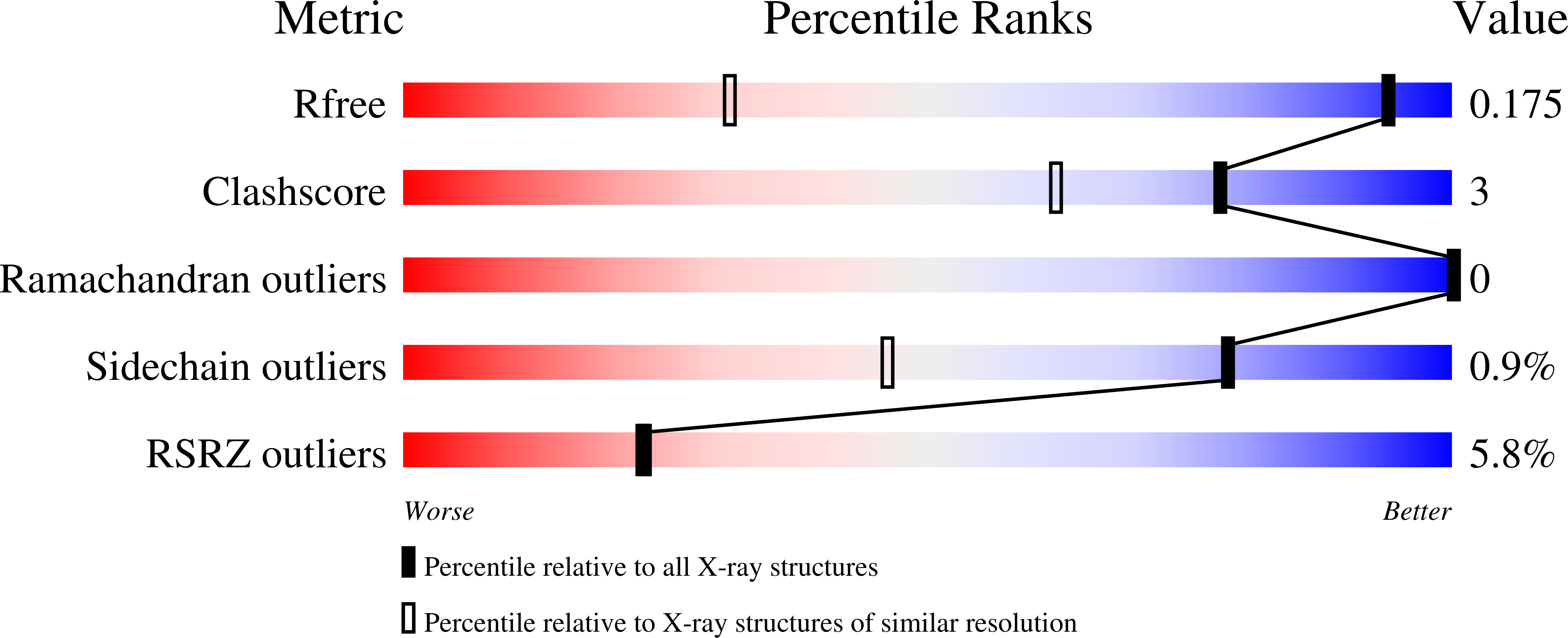
Deposition Date
2006-11-19
Release Date
2007-04-24
Last Version Date
2023-08-30
Entry Detail
PDB ID:
2NXT
Keywords:
Title:
Structural and kinetic effects of hydrophobic mutations in the active site of human carbonic anhydrase II
Biological Source:
Source Organism:
Homo sapiens (Taxon ID: 9606)
Host Organism:
Method Details:
Experimental Method:
Resolution:
1.15 Å
R-Value Free:
0.18
R-Value Work:
0.16
R-Value Observed:
0.16
Space Group:
P 1 21 1


